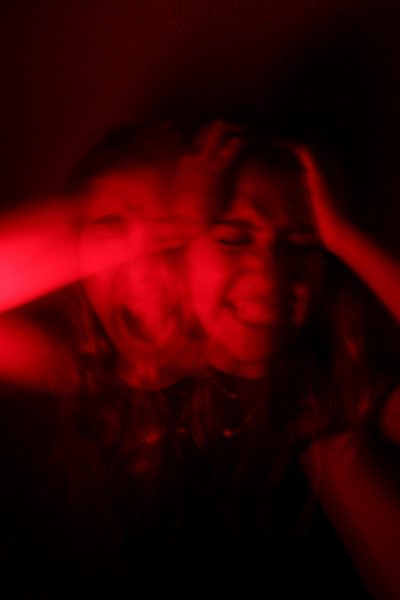Annika’s College Essay
We have a flushing problem. No, it’s not a plumbing issue. The problem is that I have twin brothers. And according to my data, they don’t flush.
It was Wednesday night, and I was once again lined up at the scene of the unflushed toilet with the two other culprits. I heard my mother say “Who didn’t flush the toilet again?” We were tirelessly questioned, and similarly to usual, I was accused although not guilty of the alleged crime. I mean, surely someone used the bathroom but didn’t flush. That was an undeniable fact. There were debates, fingers were pointed, and feelings were hurt. I had enough. I knew I was innocent but I had to prove it. I needed facts.
For weeks, I collected my data in secret. Every time I walked into the bathroom, I noted in a spreadsheet whether or not the toilet was flushed. Similarly, every time I used the bathroom, I logged whether I flushed or not. An unmistakable trend arose as time progressed, consistent with my hypothesis. The column responsible for walking in on a dirty bathroom had a bafflingly high number. Conversely, the column depicting the number of times that I did not flush remained at 0. At the end of the month, I made a graphical presentation of my findings, and I was cleared from the heavy weight of accusations. My data didn’t prove who was the culprit, but sure enough, I proved that I was falsely accused in the case of the unflushed toilet.
Though the outcome of my study was in my favor, I realized through my data collection that it does not matter who did not flush the toilet, what matters is that the toilet gets flushed. What good does it do to prove that I’m innocent except to be out of the line of fire? Pointing fingers will not solve the problem, since the only way to ensure that the toilet remains flushed is to create a solution. I don’t know whether the solution means reminding my brothers of proper sanitary habits and general respect for their surroundings, or a homemade high-tech automatic flusher. Any solution to this problem will create a better environment for siblings and guests alike.
In 1592, Sir John Harrington created the first modern-resembling toilet. Though this invention proved incredibly useful, Thomas Crapper (yes, seriously) saw room for improvement. The biggest advancement in flushing toilets came with the release and patent of Crapper’s motion-sensing automatic toilet. All around the world, the condition of public bathrooms improved, all because Mr. Crapper created a solution to an observed problem to make bathrooms around the world a better place.
Learning about Mr. Crapper’s innovation, I can’t help but think of my grandfather. He was a mechanical engineer who saw room for improvement in the packaging of food and other goods and even made a sock-matching machine. Learning about my grandfather’s life, and more specifically about the services that he provided and innovations he made, I learned that I, too, wanted to accomplish similar things. Our minds both worked logically, and since I was a child I have been using logical thinking to find solutions to observe problems in my environment. Whether it be an automatic door closer using a string and a water bottle or using a shoebox to project a movie onto my bedroom wall, I kept my mind and my hands busy to create a better environment for myself and my family. Though I won’t be doing studies on the toilets in residence halls, by going to college, I am being given the opportunity to design solutions that matter and will make the world a better place. I hope to be a part of the future of engineers who create things that humanity never saw possible, and hopefully make my grandfather proud.
Photo Citation:
Kolar, J. A. (2019, September 27). Photo by Jan Antonin Kolar on unsplash. White toilet bowl with cistern photo – Free Grey Image on Unsplash. https://unsplash.com/photos/white-toilet-bowl-with-cistern-xXc7zUKIhRw?utm_content=creditShareLink&utm_medium=referral&utm_source=unsplash








